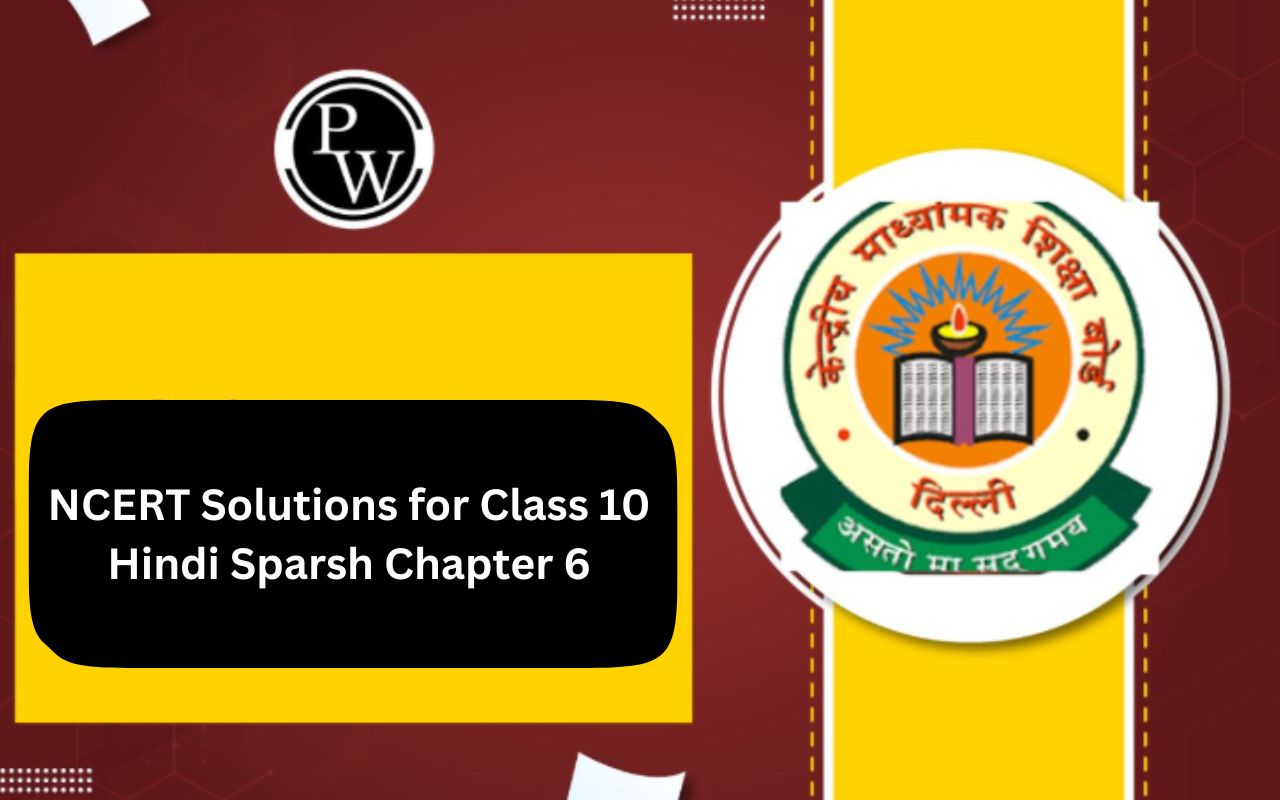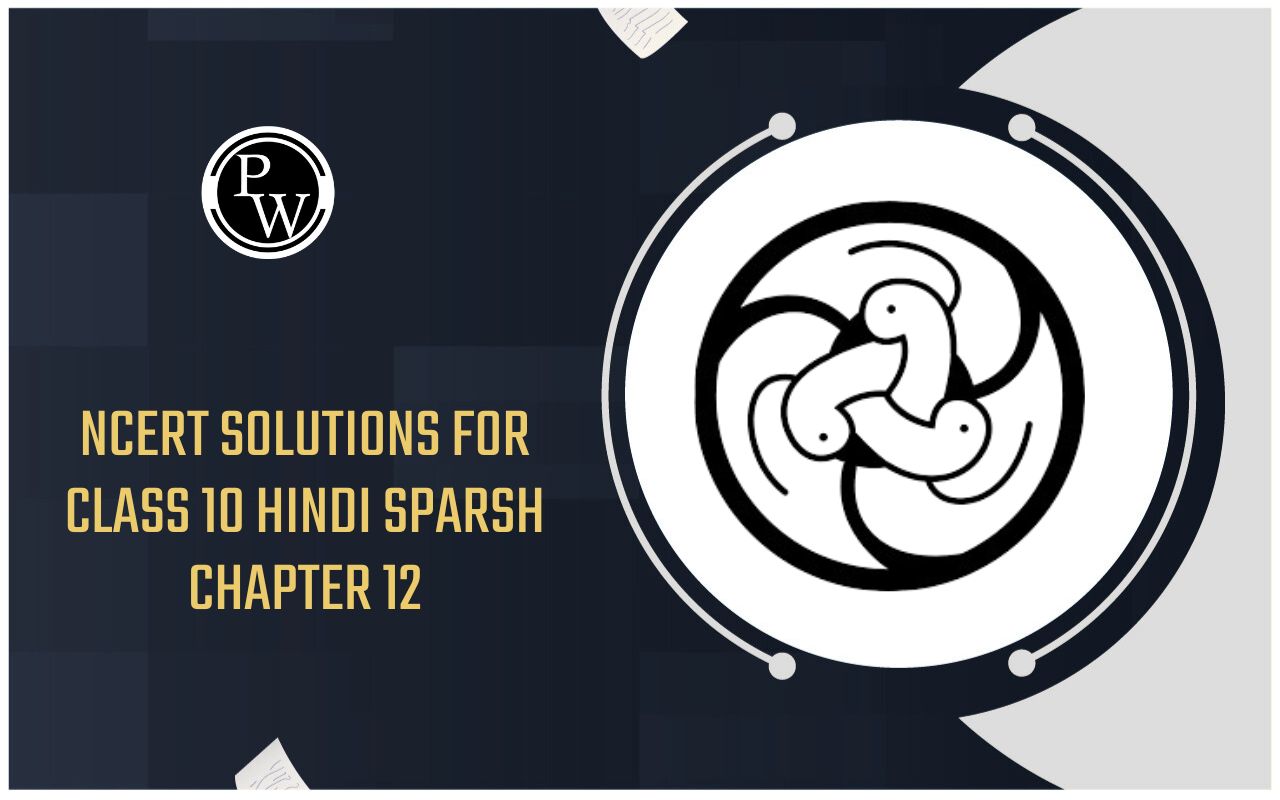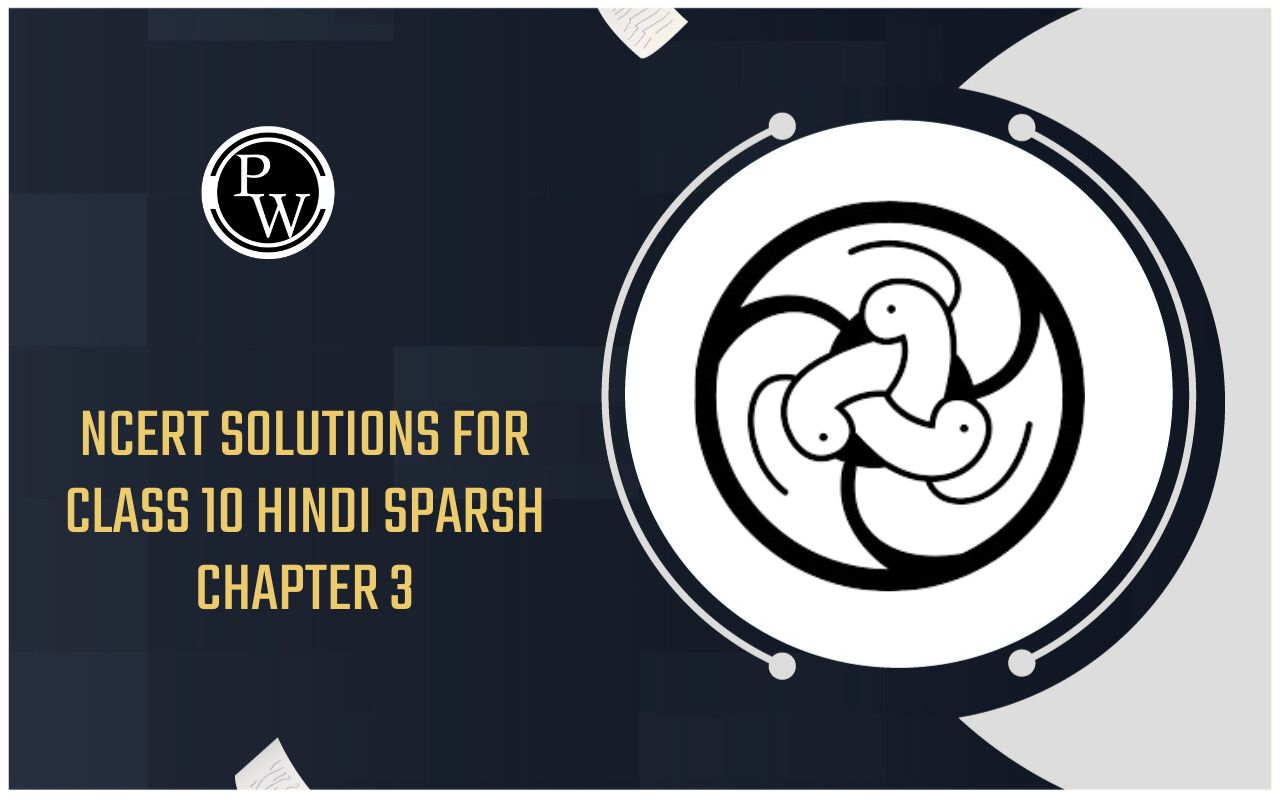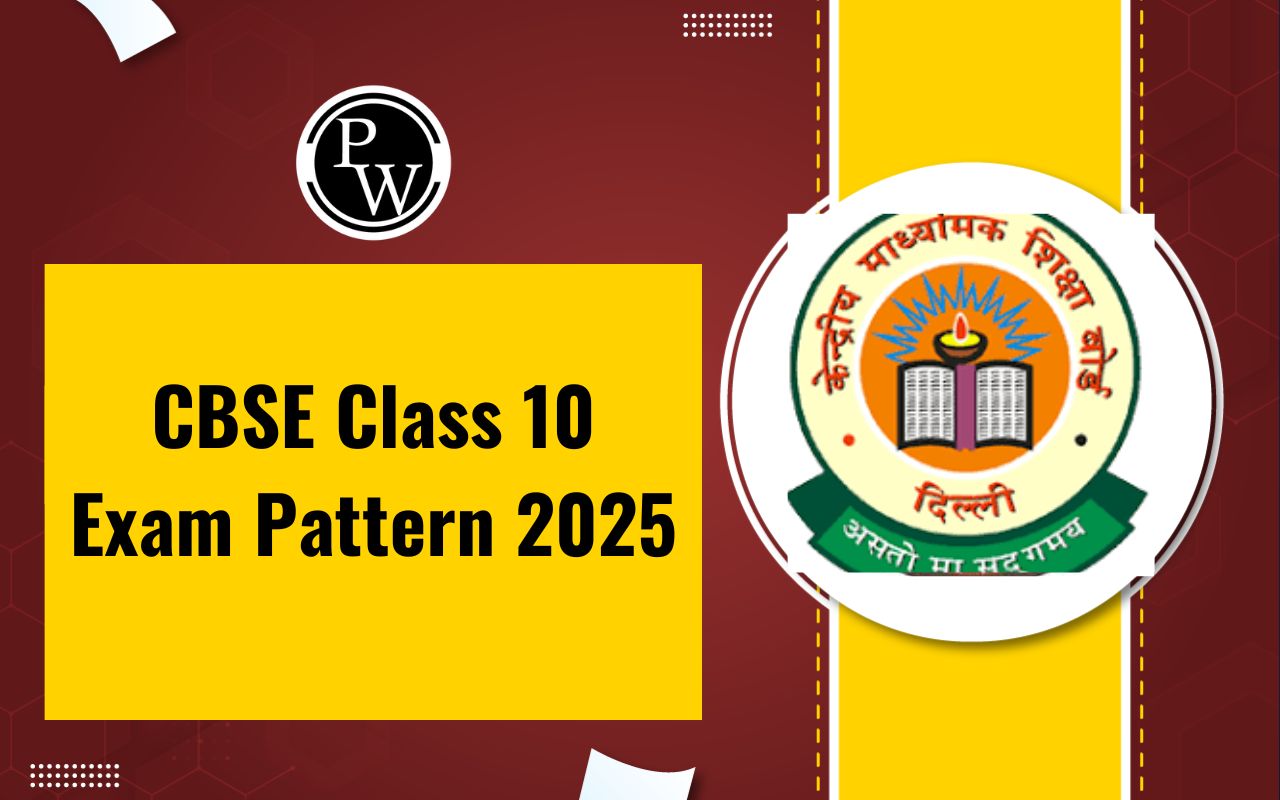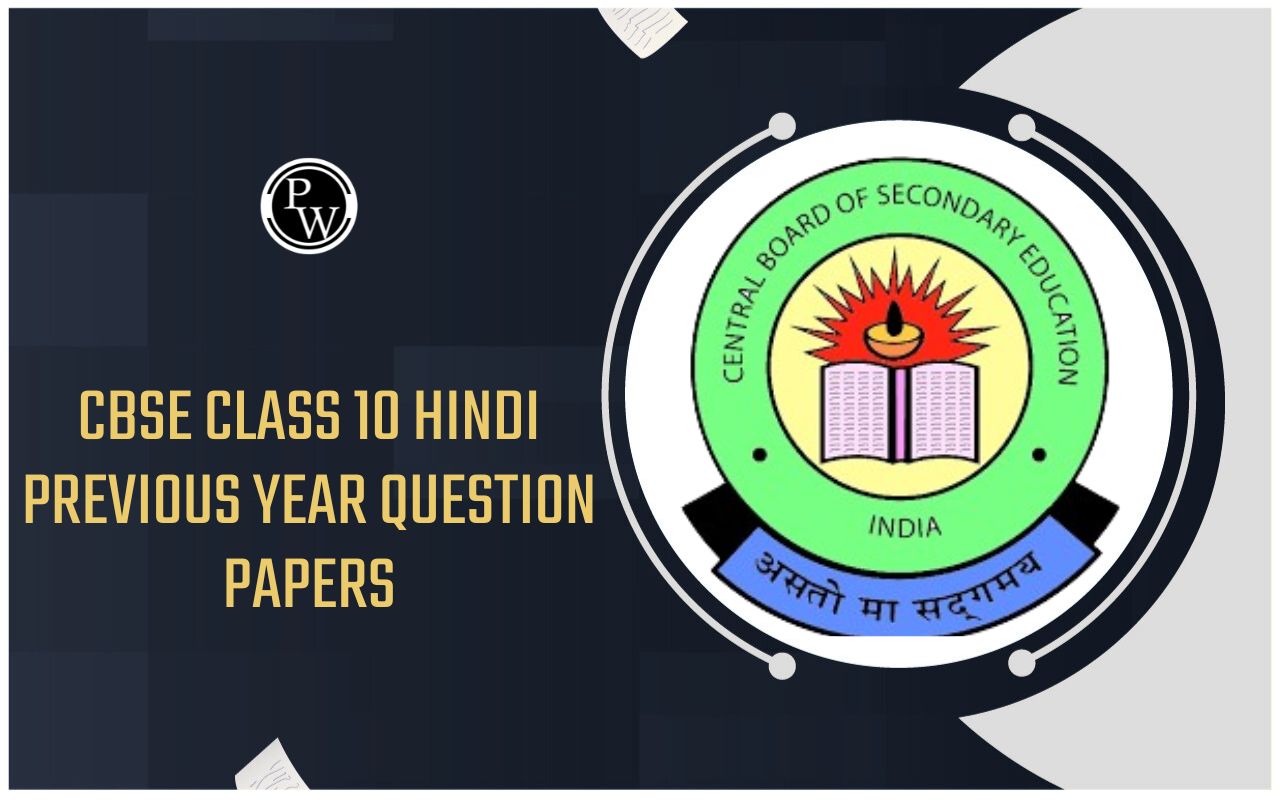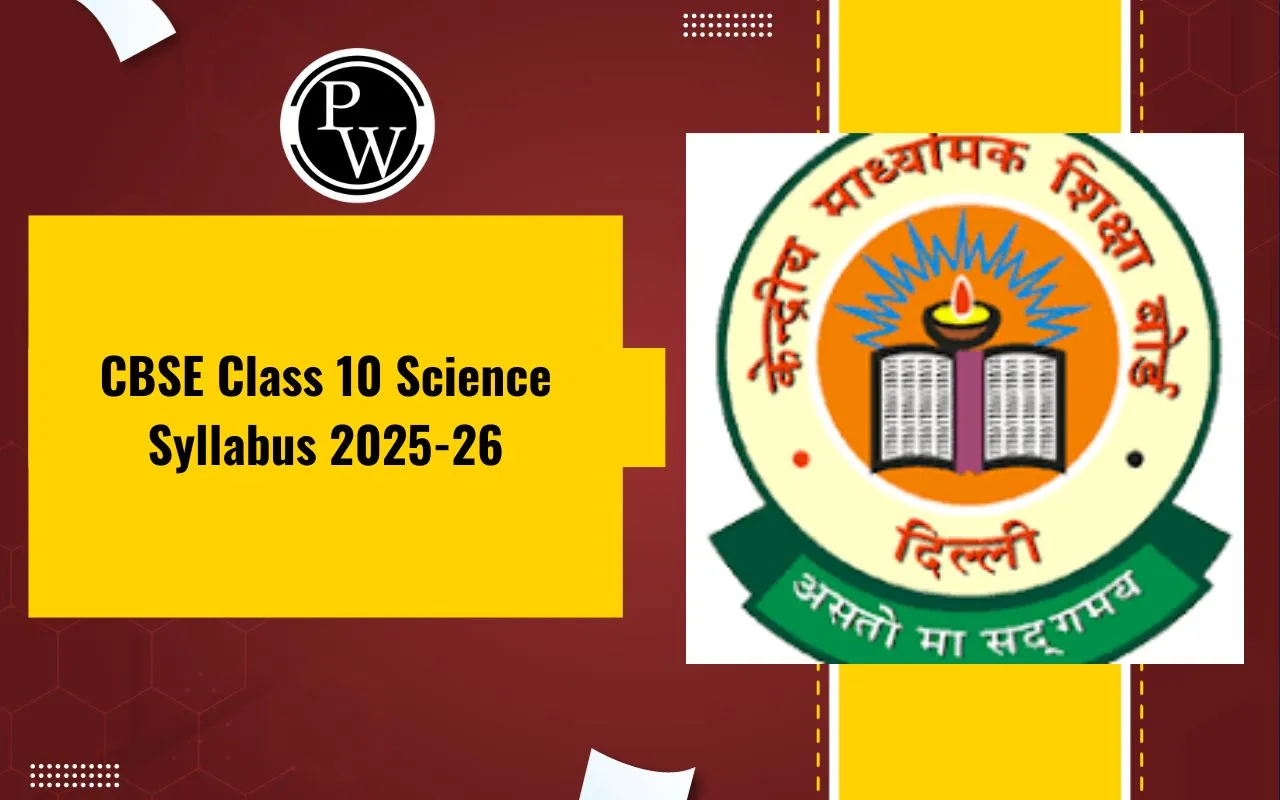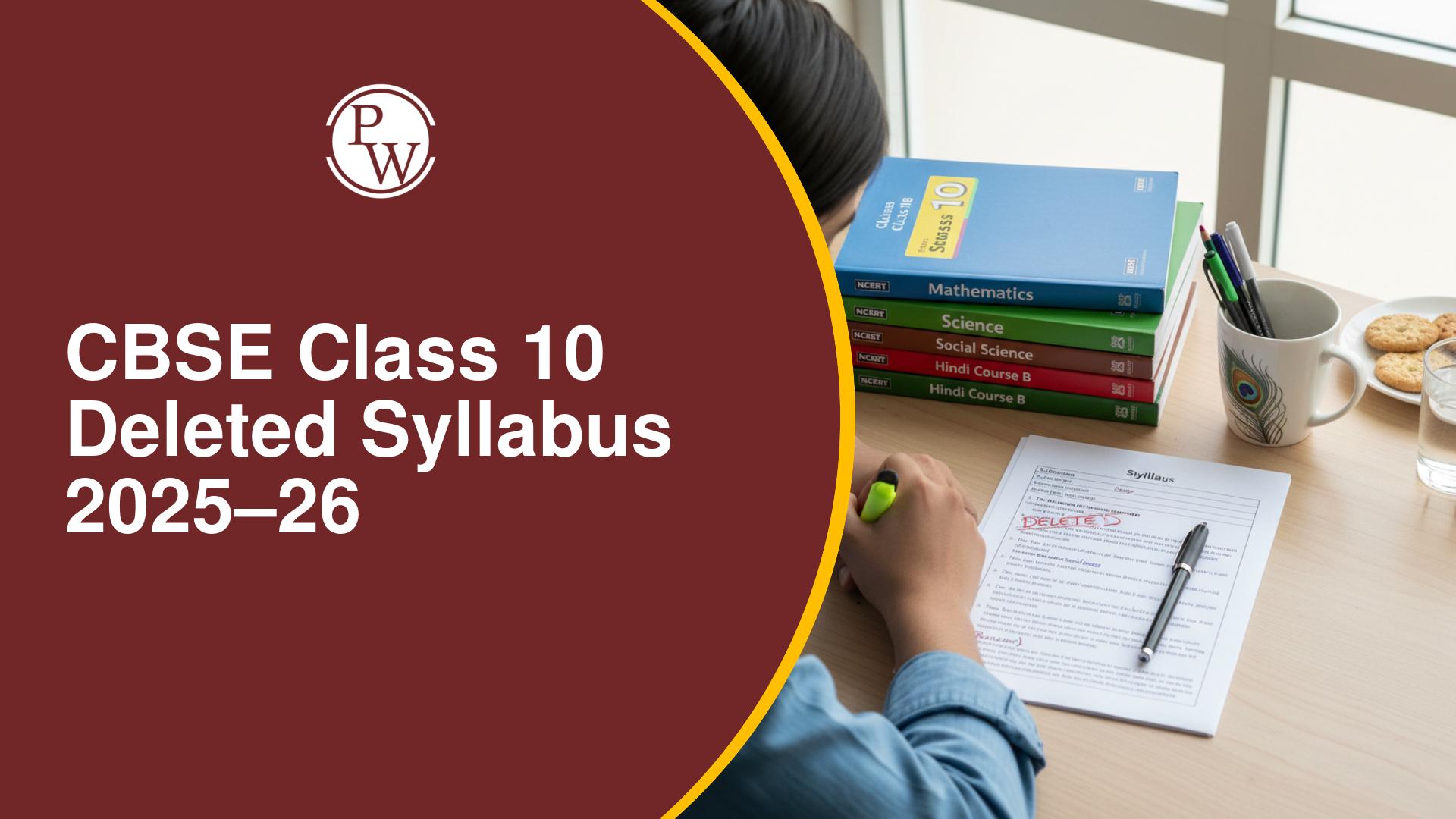
NCERT Solutions for Class 10 Social Science Civics Chapter 4: NCERT Solutions for Class 10 Social Science Civics Chapter 4 focuses on Gender, Religion, and Caste. This chapter helps students understand how these factors affect society.
It explains how people may face discrimination based on their gender, religion, or caste. By studying this chapter, students learn about the challenges faced by different groups in our society. They also learn how these issues impact democracy and social equality. Overall, this chapter helps students grasp important concepts about how society works and the importance of treating everyone equallyNCERT Solutions for Class 10 Social Science Civics Chapter 4 PDF
You can find the solutions for Chapter 4 of Class 10 Social Science Civics by clicking on the PDF link provided below. This chapter talks about how gender, religion, and caste influence society. It helps you understand the challenges faced by different groups and how it affects democracy. Click the link to access the solutions and learn more about Chapter 4: Gender, Religion, and Caste.NCERT Solutions for Class 10 Social Science Civics Chapter 4 PDF
NCERT Solutions for Class 10 Social Science Civics Chapter 4 Summary
In Chapter 4 of the NCERT Social Science Civics textbook – Democratic Politics-II, students will learn social divisions in India based on gender, religion, and caste. How these divisions influence the country's politics.Topics such as gender equality, communal differences, and governmental efforts to address these issues through constitutional provisions will be discussed. Students will learn about:
- Gender and politics
- The public/private division
- Women’s political representation
- Religion, communalism, and politics
- Communalism
- The concept of a secular state
- Caste and politics
- Caste inequalities
- The role of caste in politics
- Politics surrounding caste issues
NCERT Solutions for Class 10 Social Science Civics Chapter 4 Gender, religion, and caste
You can find the solutions for Chapter 4 of Class 10 Social Science Civics, which focuses on Gender, Religion, and Caste, below. The solutions help students understand topics like gender equality, religious differences, and the role of caste in politics. By using these solutions, students can better grasp the complexities of social divisions and their impact on governance in India.Exercises Page No. 55
1. Mention different aspects of life in which women are discriminated or disadvantaged in India.
Answer.
In India, women face discrimination and disadvantages in various aspects of life:- Literacy : The literacy rate for women is lower at 65.46% compared to 82.14% for men. This persistent gap in literacy rates between men and women highlights ongoing challenges in achieving gender equality in education.
- Higher Education : Girls are less likely to pursue higher studies after school compared to boys. Many girls drop out due to financial constraints, as families often prioritize spending on boys' education over girls'.
- Employment Opportunities : Women have limited access to highly paid jobs compared to men. Despite working longer hours on average, women's work is often unpaid and undervalued. Even though the Equal Remuneration Act of 1976 mandates equal pay for equal work, women continue to be paid less than men in various fields.
- Sex Ratio : The sex ratio in India stands at 107.48 males per 100 females. This imbalance reflects deep-rooted gender biases and cultural preferences for male children, leading to issues of female foeticide and gender-based discrimination.
2. State different forms of communal politics with one example each.
Answer.
Various forms of communal politics manifest in different ways:- Religious Prejudices : Communalism often involves harboring prejudiced attitudes towards other religious communities, perpetuating stereotypes, and believing in the superiority of one's own religion. This can be observed in the activities of militant religious groups that promote intolerance and hatred towards other faiths.
- Quest for Political Dominance : Communalism may also manifest as a desire for one religious community to dominate over others politically. This form, known as majoritarianism, can lead to tensions and conflicts between political parties based on religious affiliations.
- Political Mobilization on Religious Lines : Another common form of communal politics involves mobilizing voters along religious lines during elections. Politicians may resort to divisive rhetoric and hate speech to appeal to certain religious communities, exacerbating communal tensions for electoral gains.
- Communal Violence : Perhaps the most visible and destructive form of communal politics is communal violence. This includes riots and clashes between religious communities, often fueled by religious sentiments and exacerbated by political and social factors. Such violence can have devastating consequences for communities and society as a whole.
3. State how caste inequalities are still continuing in India.
Answer.
The National Sample Survey Office (NSSO) provides evidence of ongoing caste inequalities in India:- Economic Disparities : The economic status of different caste groups continues to mirror the traditional caste hierarchy. On average, the 'upper' castes tend to have higher economic status, while Dalits and Adivasis face greater economic challenges. The backward classes fall somewhere in between. This economic disparity persists despite efforts to promote social and economic equality.
- Extreme Poverty : Although poverty exists across all castes, the proportion of individuals living in extreme poverty (below the official poverty line) varies significantly. The lowest castes, such as Dalits and Adivasis, are disproportionately affected by extreme poverty compared to the upper castes. Meanwhile, the backward classes experience poverty rates somewhere in the middle. This disparity underscores the deep-rooted inequalities that persist in Indian society based on caste.
4. State two reasons to say that caste alone cannot determine election results in India.
Answer.
Two reasons why caste alone cannot determine election results in India are:- Diverse Constituencies : In India, no parliamentary constituency is dominated by a single caste. Therefore, candidates and parties must appeal to multiple castes and communities to secure victory in elections. Winning the confidence of a diverse voter base becomes essential for electoral success, making it challenging for caste alone to determine election outcomes.
- Vote Bank Dynamics : While certain parties may be associated with specific castes or communities, no party can claim to win the votes of all members of a particular caste or community. When people refer to a caste as a 'vote bank' for a particular party, it typically means that a significant proportion of voters from that caste support that party. However, there are always variations in voting preferences within each caste, making it difficult for caste alone to dictate election results.
5. What is the status of women’s representation in India’s legislative bodies?
Answer.
Currently, there are over 10 lakh elected women representatives serving in rural and urban local bodies across India. Advocates and activists for women's rights have long been advocating for similar reservation policies at the national level, specifically for at least one-third of seats in the Lok Sabha and State Assemblies to be reserved for women. However, despite efforts to introduce a bill proposing this reservation, it has been pending before the Parliament for over a decade. Unfortunately, there is no consensus among all political parties regarding this issue, leading to the bill not being passed into law.6. Mention any two constitutional provisions that make India a secular state.
Answer.
The fundamental right to freedom of religion in the constitution guarantees individuals the right to practice, profess, and propagate any religion of their choice without interference. Additionally, the constitution upholds the principle of equality by prohibiting discrimination on the basis of religion. This ensures that every individual is entitled to equal treatment and opportunities regardless of their religious beliefs.7. When we speak of gender divisions, we usually refer to:
- Biological differences between men and women
- Unequal roles assigned by society to men and women
- Unequal child sex ratio
- Absence of voting rights for women in democracies
Answer.
(b) Unequal roles assigned by society to men and women8. In India, seats are reserved for women in
- Lok Sabha
- State legislative assemblies
- Cabinets
- Panchayati Raj bodies
Answer.
(d) Panchayati Raj bodies9. Consider the following statements on the meaning of communal politics. Communal politics is based on the belief that:
- One religion is superior to that of others.
- People belonging to different religions can live together happily as equal citizens.
- Followers of a particular religion constitute one community.
- State power cannot be used to establish the domination of one religious group over others. Which of the statements is/are correct?
- A, B, C, and D
- A, B, and D
- A and C
- B and D
Answer.
(c) A and C10. Which among the following statements about India’s Constitution is wrong? It
- prohibits discrimination on grounds of religion.
- gives official status to one religion.
- provides to all individuals freedom to profess any religion.
- ensures equality of citizens within religious communities.
Answer.
(b) gives official status to one religion.11. Social divisions based on _________ are peculiar to India.
Answer.
Social divisions based on caste are peculiar to India.12. Match List-I with List-II and select the correct answer using the codes given below the Lists:
| List I | List II | |
| 1. | A person who believes in equal rights and opportunities for women and men | A. Communalist |
| 2. | A person who says that religion is the principal basis of community | B. Feminist |
| 3. | A person who thinks that caste is the principal basis of community | C. Secularist |
| 4. | A person who does not discriminate others on the basis of religious beliefs | D. Castiest |
| 1 | 2 | 3 | 4 | |
| (a) | B | C | A | D |
| (b) | B | A | D | C |
| (c) | D | C | A | B |
| (d) | C | A | B | D |
Answer.
| (b) | B | A | D | C |
|
NCERT Solutions for Class 10 Social Science Political Science |
| Chapter 1 : Power-sharing |
| Chapter 2 : Federalism |
| Chapter 3 : Democracy and Diversity |
| Chapter 4 : Gender, religion, and caste |
| Chapter 5 : Popular Struggles and movements |
| Chapter 6 : Political parties |
| Chapter 7: Outcomes of democracy |
| Chapter 8: Challenges to democracy |
NCERT Solutions for Class 10 Social Science Civics Chapter 4 FAQs
How do NCERT Solutions help in understanding Chapter 4?
What topics are covered in Chapter 4 of Class 10 Social Science Civics?
How can students use NCERT Solutions effectively for Chapter 4?


